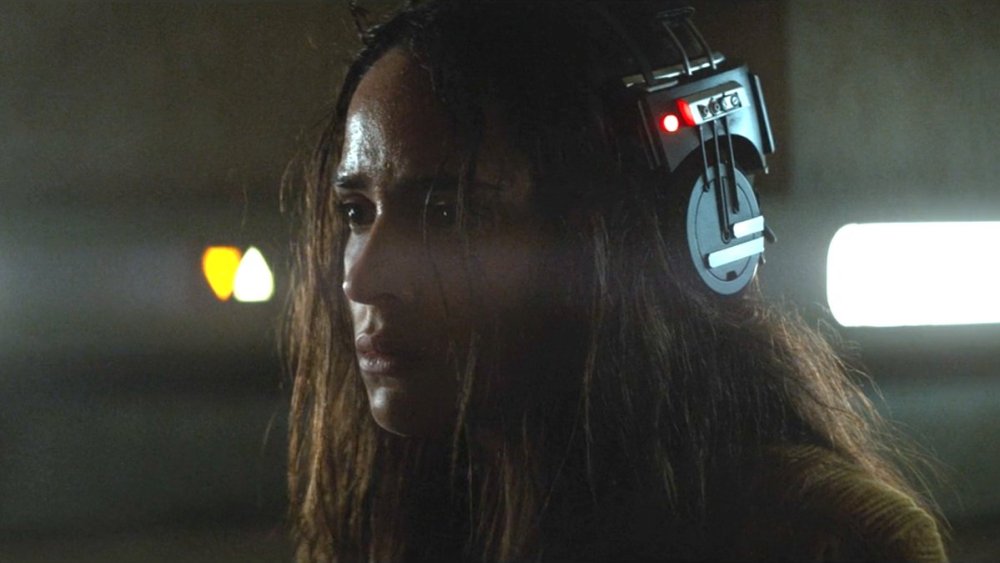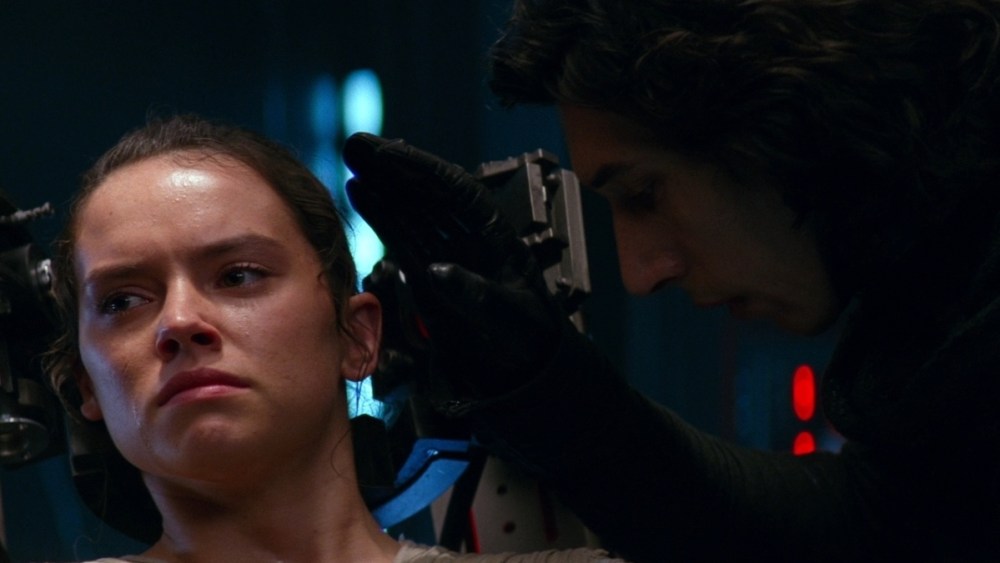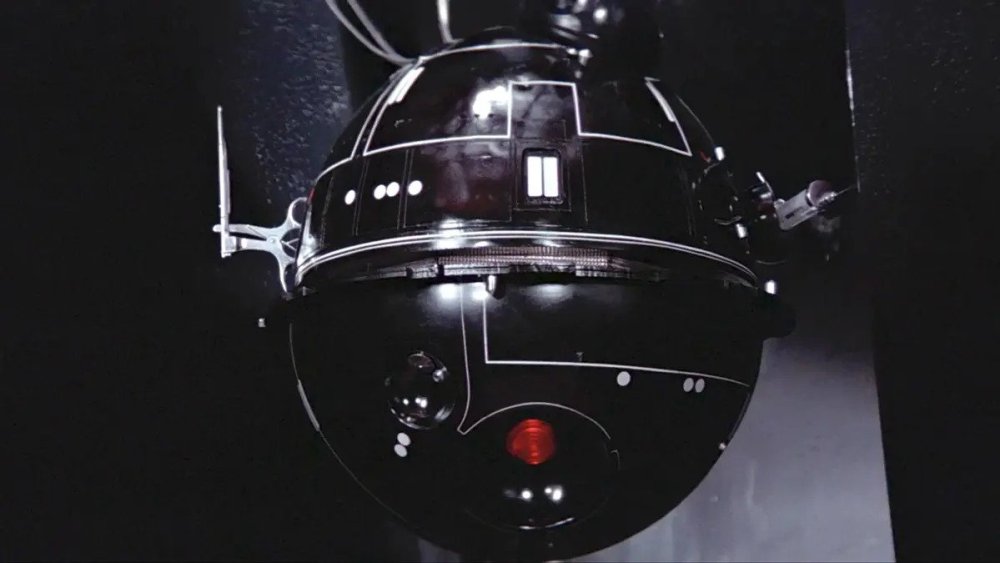Andor’s refreshingly adult take on a Star Wars story – thanks in a large part to Tony Gilroy’s superb writing – brings with it darker themes unfamiliar to the franchise, including cold-blooded murder, dystopia, and political espionage. Surprisingly, though, its brutal interrogation/torture scenes, while jarring and a far cry from the softened themes featured in the most recent Star Wars films, are not actually unprecedented in the galaxy far, far away.
In fact, Andor’s interrogation scene featuring Bix and Dr. Gorst keeps with a deeper, darker underlying thread stretching across the universe: cold, merciless interrogation tactics. Across both Star Wars canon and legend, the Empire’s use of horrifying techniques to extract information is nearly ubiquitous – Bix’s torment is merely the most recent iteration.
The Empire’s methods can be broken down into 5 categories: sensory, force, droid, apparatus-assisted, and organic. All vary in their particulars, but align on one front: they are painful, barbaric, and can get you to talk.
Sensory

It may come as a surprise – especially if you see the state Bix is in after her interrogation – that sensory interrogation lands on the tamer side of the spectrum. The brand used on Bix is relatively new, with Dr. Gorst leading the terrible innovation in sonic distress.
The Empire, in its infinite capacity for cruelty, stumbled upon the technique in the wake of a massacre. When the Dizonites, a sentient species native to the moon Dizon Fray, resisted the Empire building a refueling station on their home world, they were met with obliteration. The massacre was recorded and broadcast as proof of the operation, but the three communications officers assigned to monitor the transmission were so overcome by the sounds that they were later found cowering beneath their station in a state of intense emotional distress.
Never shy about exploiting suffering, the Empire took the recording and refashioned it into a tool for interrogation; layering the dying screams of the Dizonite peoples, even isolating what they believed was a portion depicting children. The result is a choral cacophony of pain and agony that pierces the listener to their very core, invoking dread and despair, making them much more pliable for questioning. While Gorst notes that there is “nothing intrinsically physical about this process,” the technique relies heavily on the sensory agony it inflicts, exploiting the mind over harming the body.
Overwhelming the senses to cause distress is not an entirely new concept for the Empire. In the extended Star Wars universe, sonic torture and sensory assault are featured on more than one occasion. In the novelization of The Empire Strikes Back, Chewbaca is placed in a cell and forced to undergo a barrage of blaring white lights accompanied by a bombardment of piercing, atonal sounds. On the opposite side of the coin, in the Jedi Apprentice series, Qui-Gon Jinn is captured by a scientist and completely deprived of his senses and suspended in a chamber of vapor with no sound or sight. In both cases, the Empire manipulates the subject’s senses to provoke a weakened mental state.
Force

The Force is intrinsically linked to the mind, and to those willing, it is a potent tool for causing distress in an interrogation victim. More recently, we have seen the force used in the pursuit of information in both the Obi-Wan Kenobi series and The Force Awakens.
Kylo Ren is very clearly a big proponent of using The Force as a means for gathering information. After Poe Dameron is captured and brought aboard the Finalizer, he is placed in an interrogation chair (a piece of equipment we detail later below) in a room with an IT-OOO droid (also detailed later). As far as we are shown, Ren opts not to use the two other devices at hand and instead favors a far more intimate technique. With a hand in the air pointed at Poe, he uses Force to cause considerable pain, more than likely by way of a Mind Shard – a force power that mentally splinters the victim’s mind, inflicting incredible pain. Ren uses the technique again, under similar circumstances, on Rey, but to much more lackluster effect (given her connection to the Force).
In Obi-Wan Kenobi, Inquisitor Reva Sevander uses a similar tactic on a young Princess Leia Organa. Once a Jedi Initiate, Reva’s connection to The Force made her more than capable of using it for malicious ends. In an interrogation scene, Reva attempts to learn the location of the Jedi’s underground network by using Force techniques on Leia, who admirably resists thanks to her force sensitivity. Nonetheless, it clearly causes Leia pain, and only leads to more intense forms of questioning.
Droids

The IT-OOO in the room with Kylo Ren during his interrogation of Poe Dameron is an updated model of a droid we see much earlier on in the Star Wars universe. In A New Hope, when Leia is captured and brought aboard the Death Star, Darth Vader uses The Force and an IT-O droid to draw the location of a hidden Rebel base from the princess.
The interrogation droids were developed by the Imperial Security Bureau and employed by the Empire for the specific purpose of extracting information. Equipped with sharp instruments and needles, the machine can inflict tremendous pain on the victim and inject serums such as Bavo Six (a truth serum) and OV600 (a lie-detecting pain inducer) to break the subjects will/resolve. The IT-O continuously scans and monitors its interrogation subject, analyzing points of sensitivity and pain thresholds to maintain optimal levels of pain for longer periods of time.
